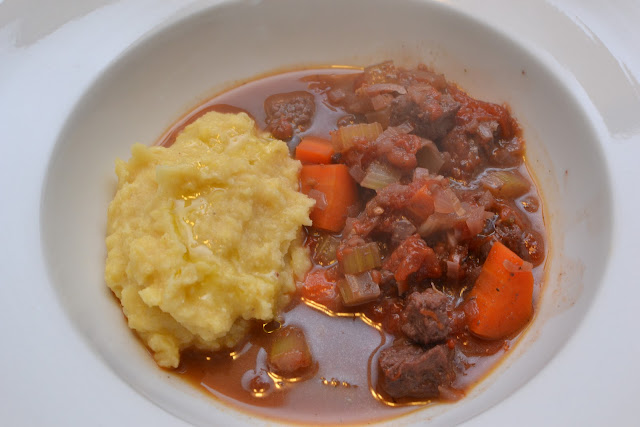Sense of Home Kitchen
A day spent canning resulted in 4 pints red onions in vinegar, 4 quarts rhubarb juice, 4 quarts asparagus soup, and 9 quarts stock (chicken and beef). The pantry is beginning to fill up again.
A friend went foraging for asparagus and shared her bounty, she knew I was hoping to get enough asparagus to can soup, I am very grateful for her generosity. Wild asparagus does not always grow in neat evenly shaped stems, but the flavor is so much better that there just about isn't any comparison. I love to eat those short little pieces that grow out the sides of the stem, I eat them raw and they taste like fresh garden peas, they are also good grilled.
I pressure canned both the asparagus soup and the stocks. The soup had stock in it so I canned both at 11 pounds of pressure, not as scary as it sounds. It is actually quite easy and with the new pressure canners it is safe. See the pressure gauge above, it is at 11 pounds pressure, see the black line, that is the CAUTION zone, about 10 pounds of pressure more than the 11 required for stock. Just watch the gauge and when it creeps up to 12, turn the heat down slightly, it will gradually come back down, gradual is best since you don't want the pressure to drop too low either. I would turn the heat way down or even off if the gauge was approaching the caution area, I have never had to do that because I keep a close eye on the gauge, cleaning the kitchen and doing dishes, but not leaving the room.
I then made and canned rhubarb juice using the juicer you see here. These jars are sitting on the counting waiting for that satisfying pop sound. All the jars successfully sealed.
I got a bargain on a large bag of red onions so I sliced, combined with red wine vinegar, and canned. I will post the recipe and process when I have time.
Because of the vinegar I was able to water-bath can the red onions. I borrowed the jar rack from my pressure canner, the rack I have for my water-bath canner does not work well with pints and placing the jars directly on the bottom of the pot can cause jars to crack, or having them tip and fall through the rack that does not work well could result in jars cracking or not sealing properly.
The finished product, aren't they pretty?! These onions will be good on salads and buying while the price is low saves money and provides a quality product, ready to use, on the shelves of my pantry.














